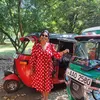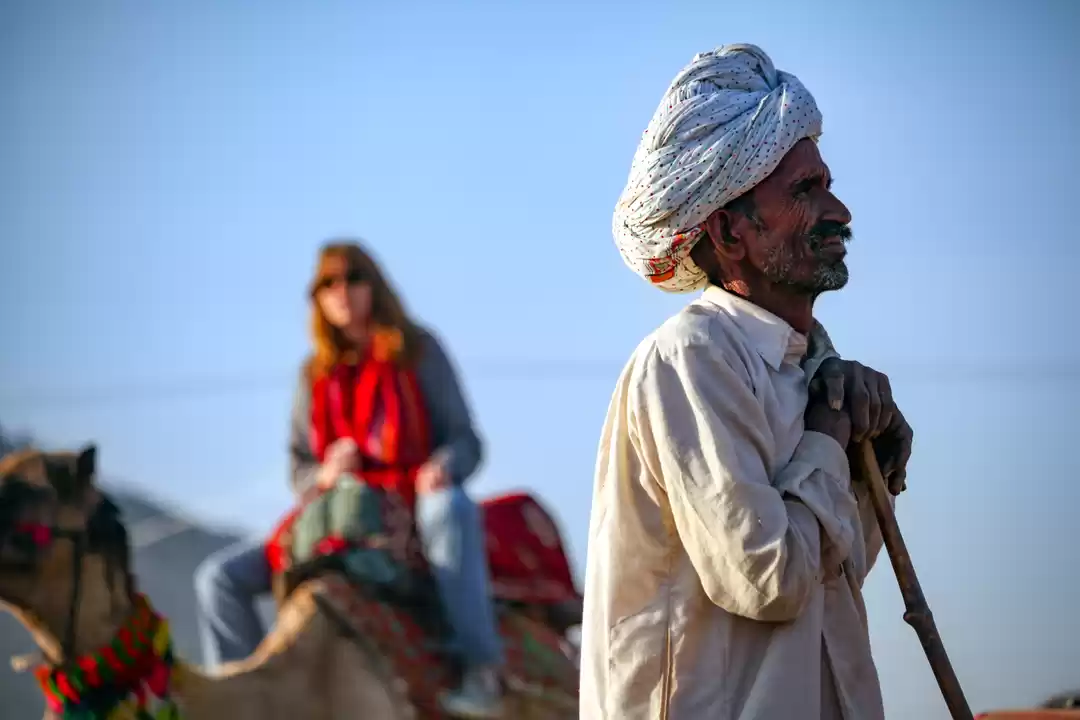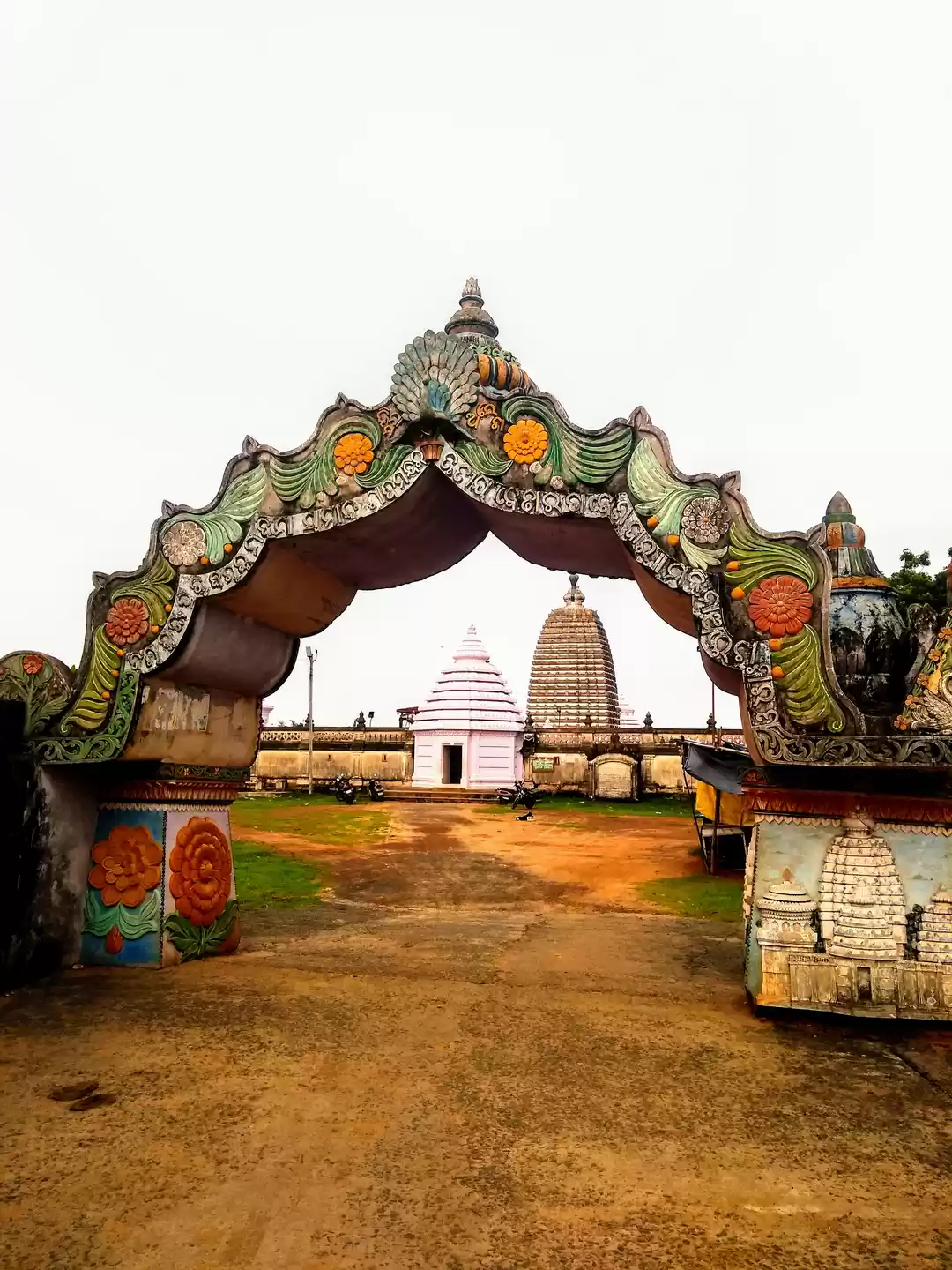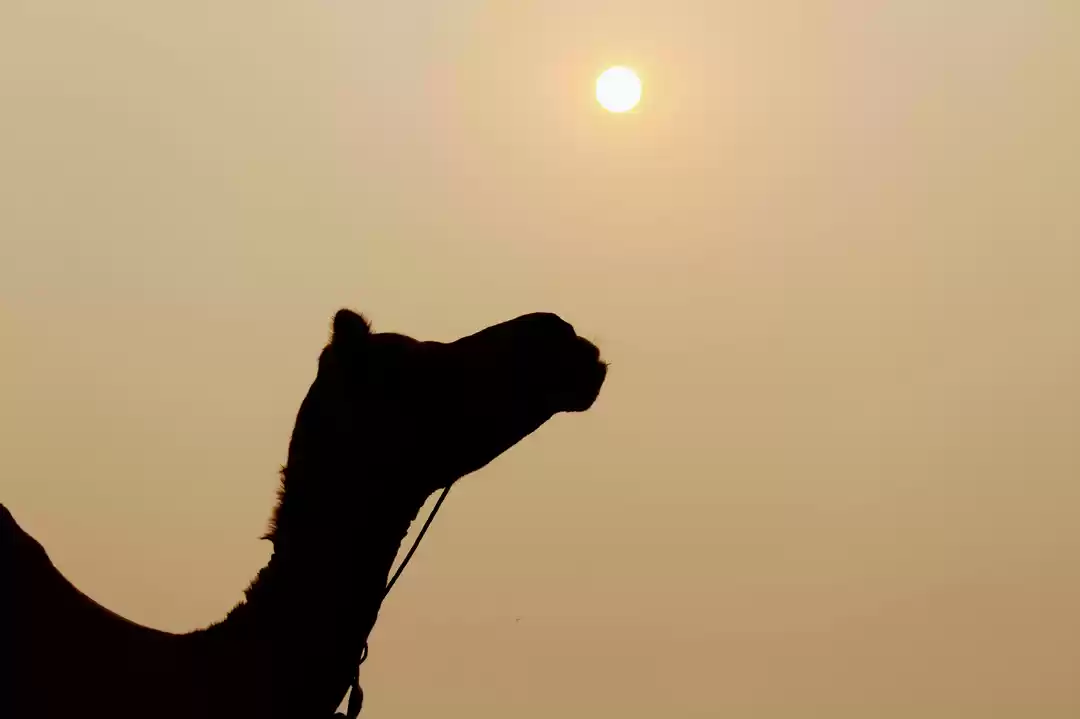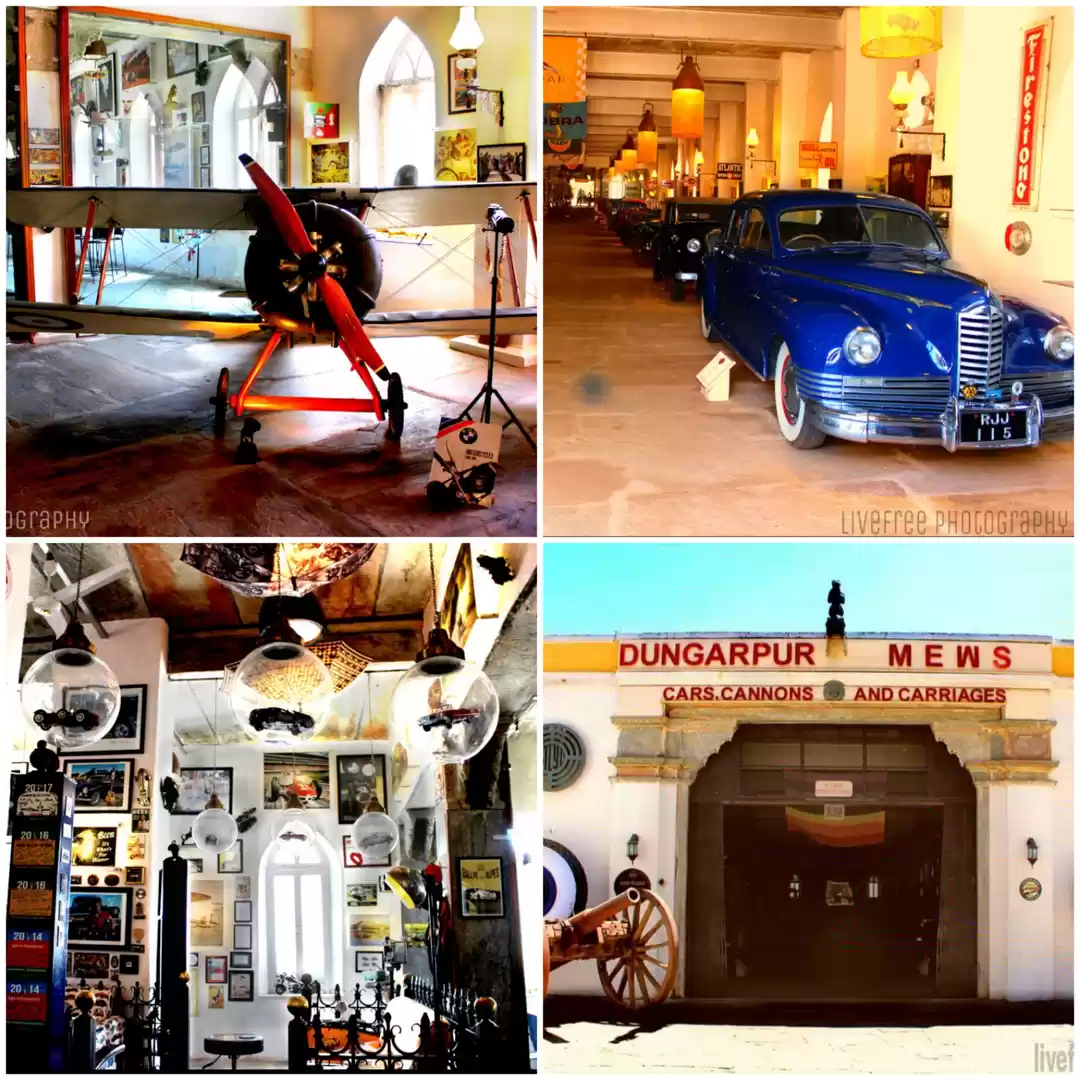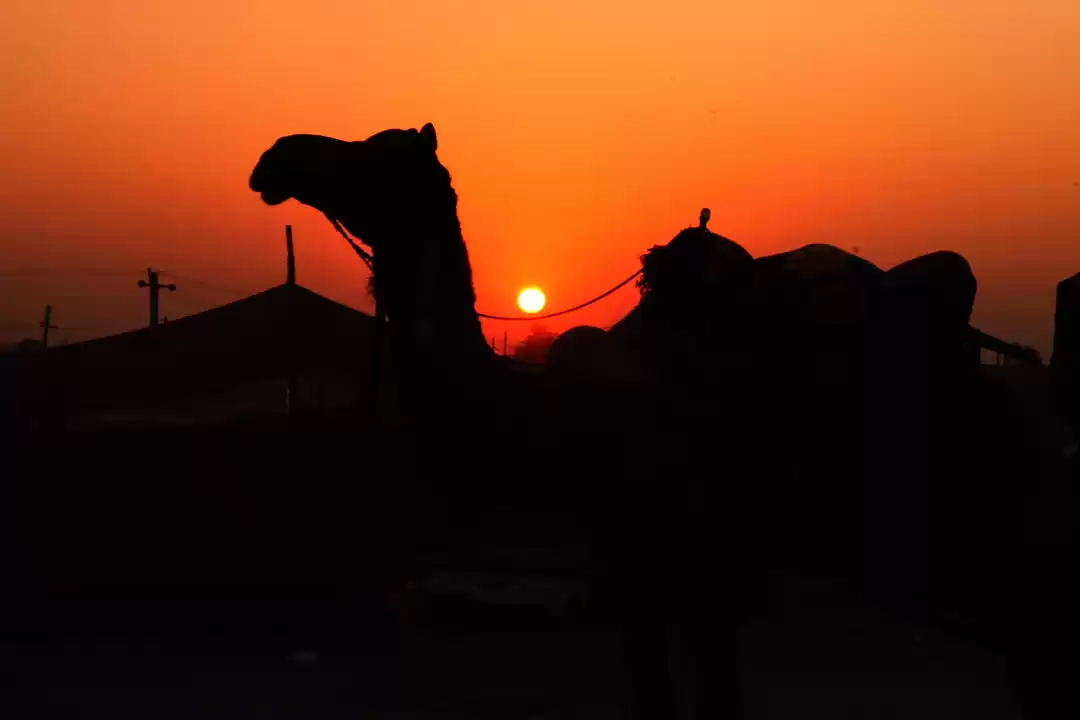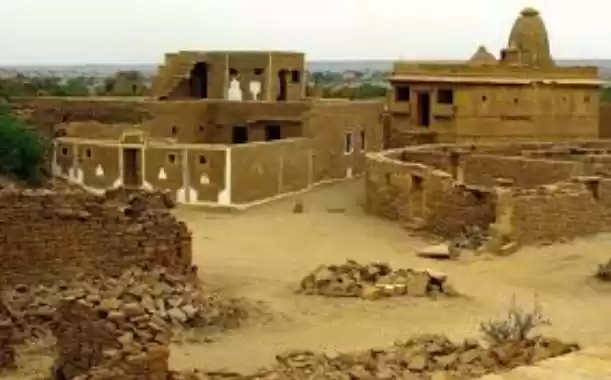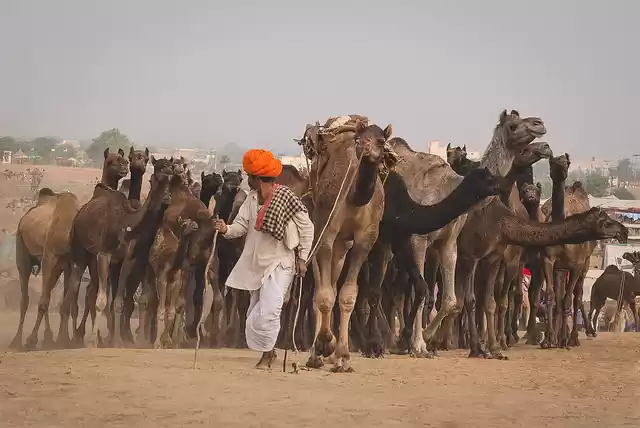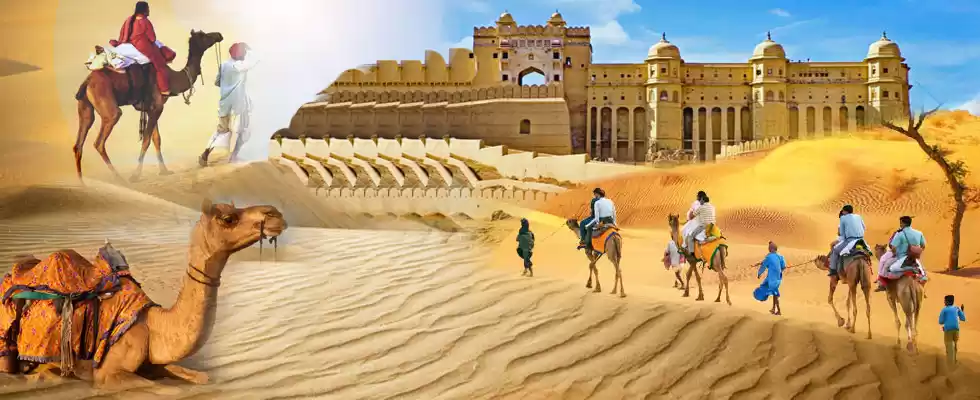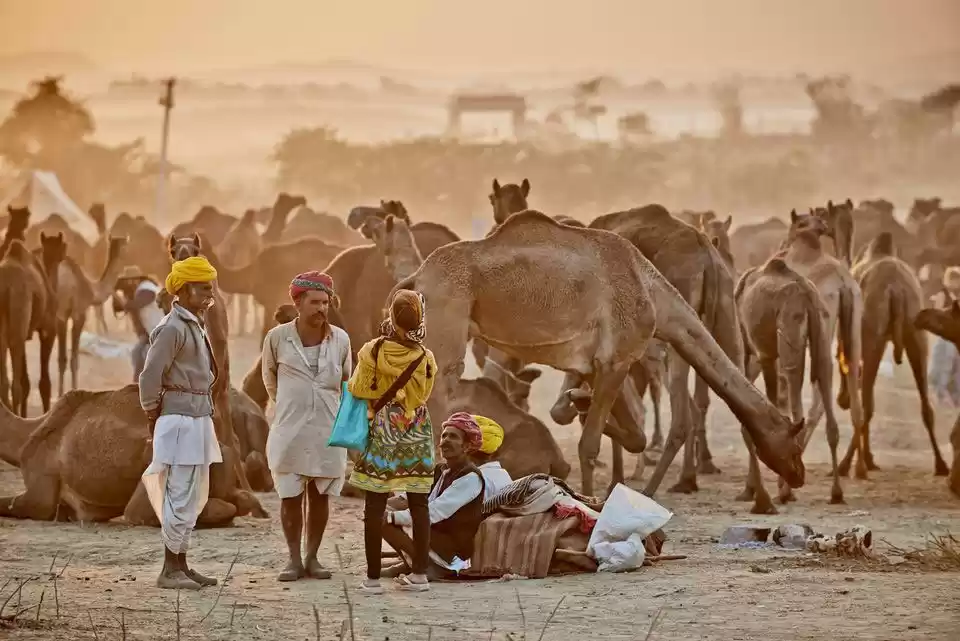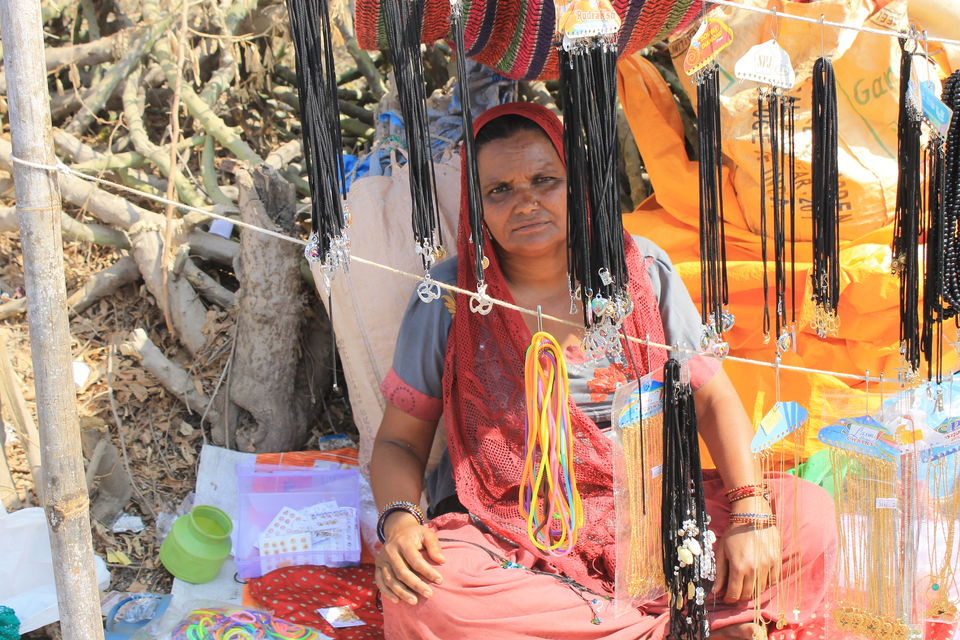
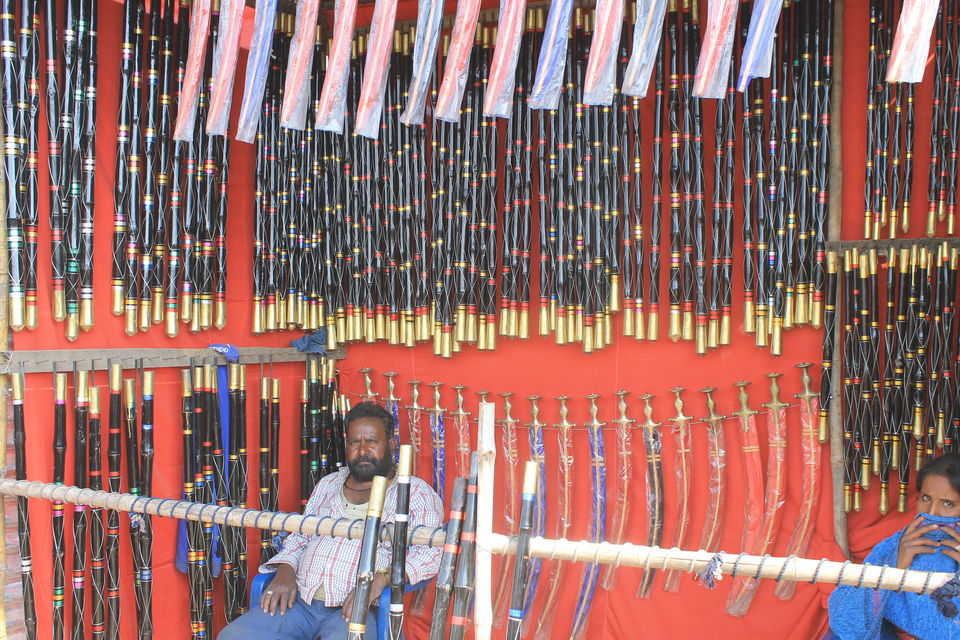

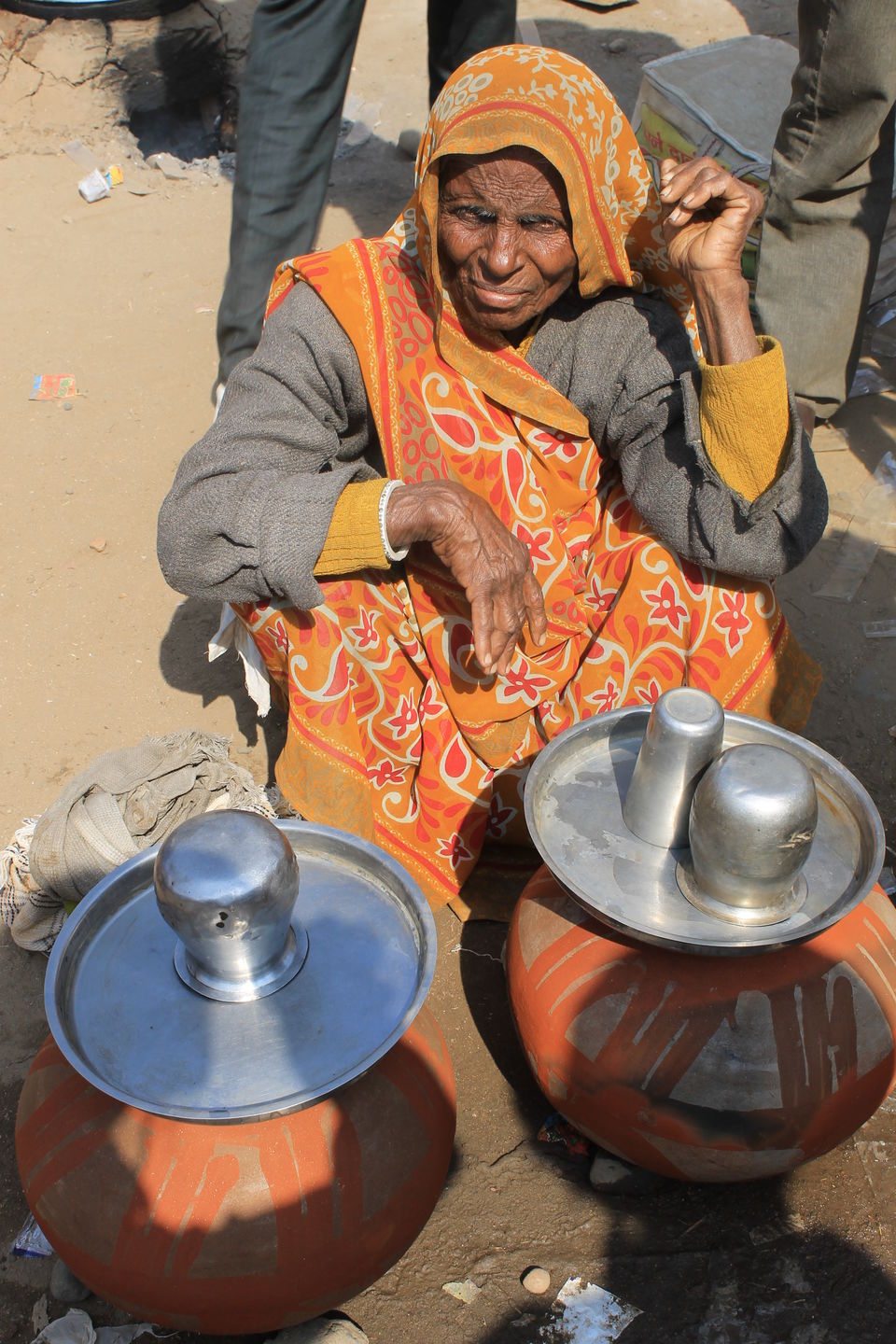
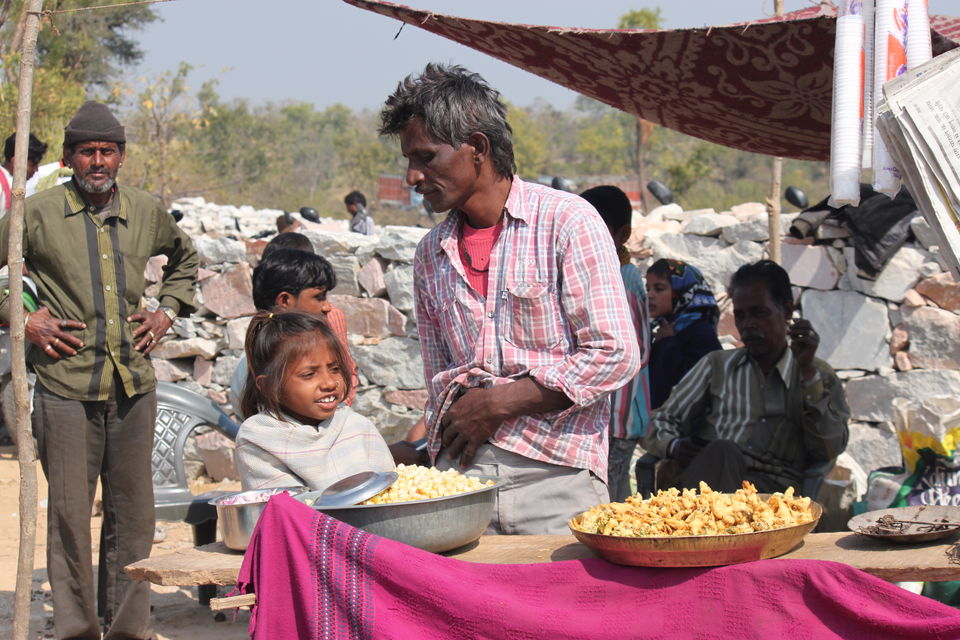
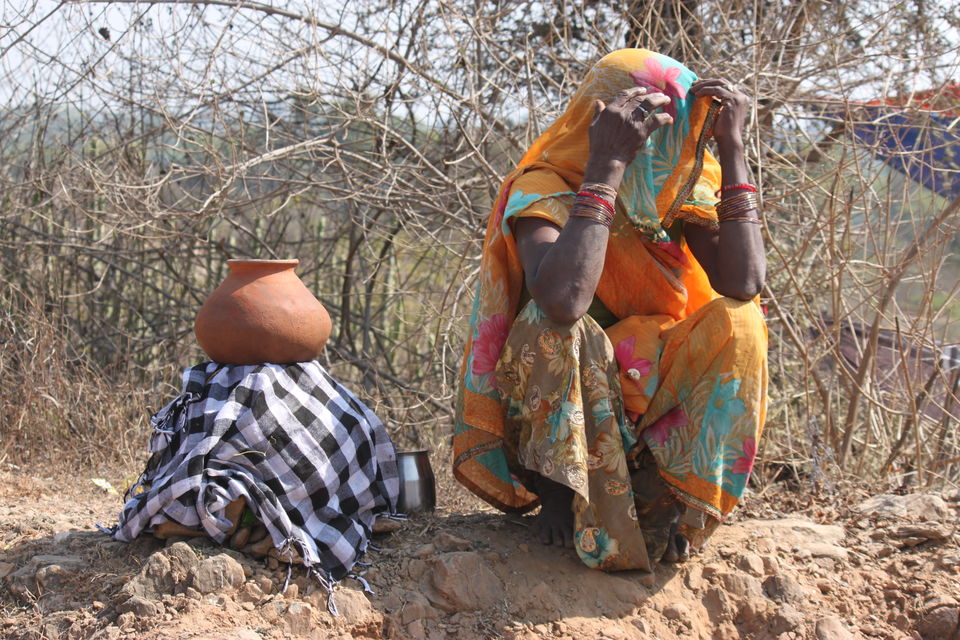
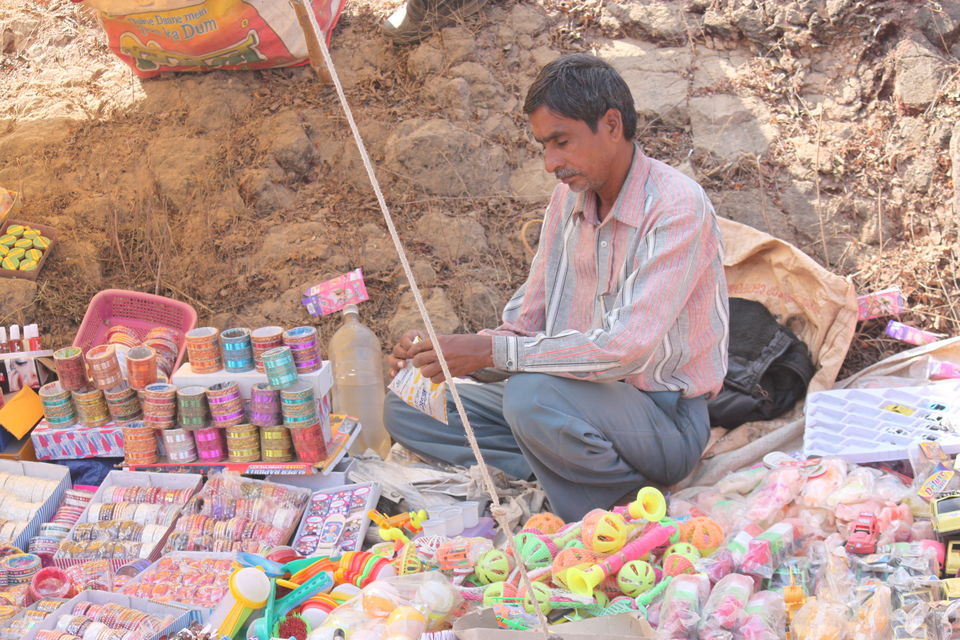
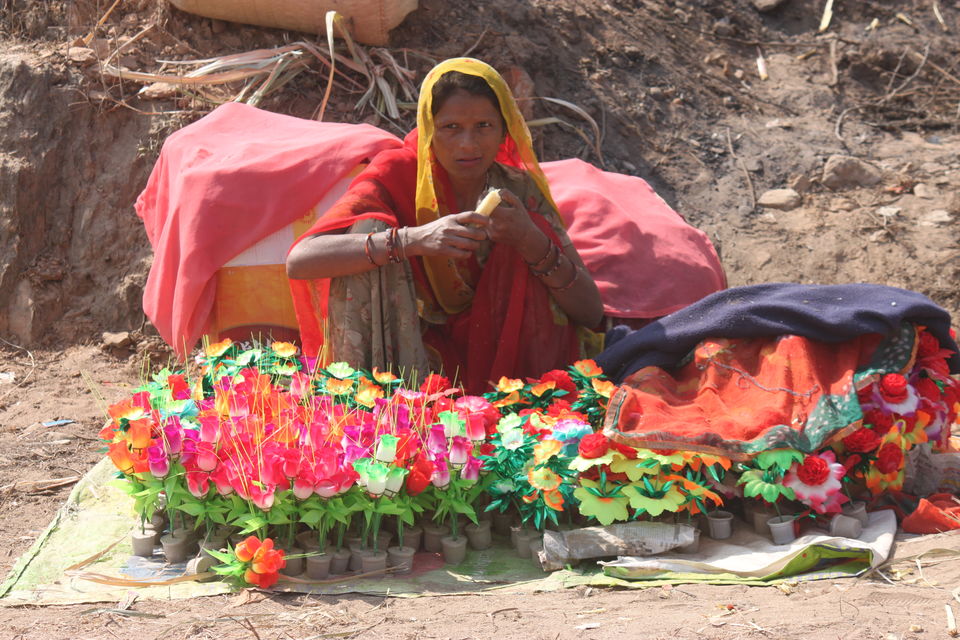
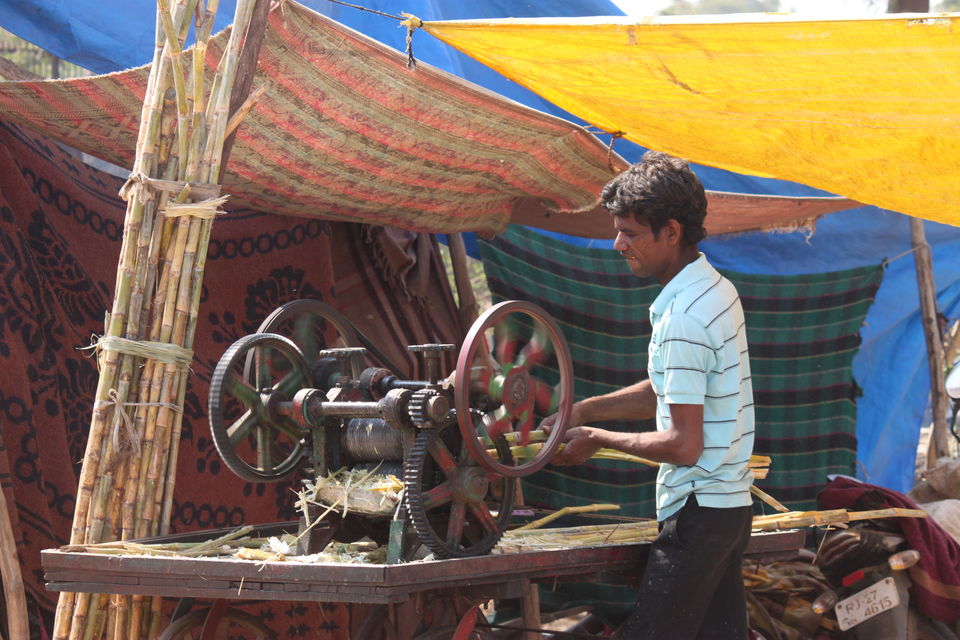
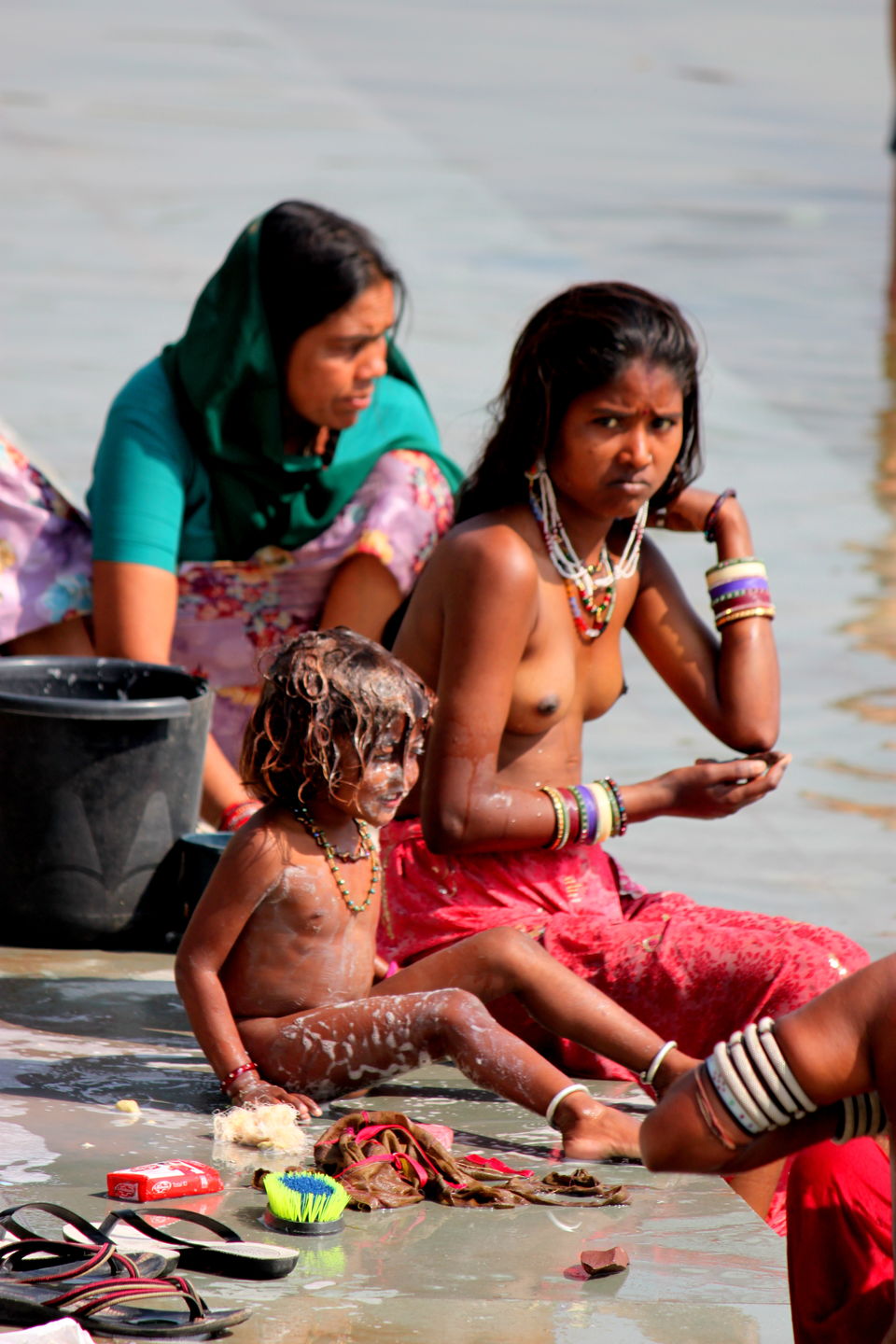
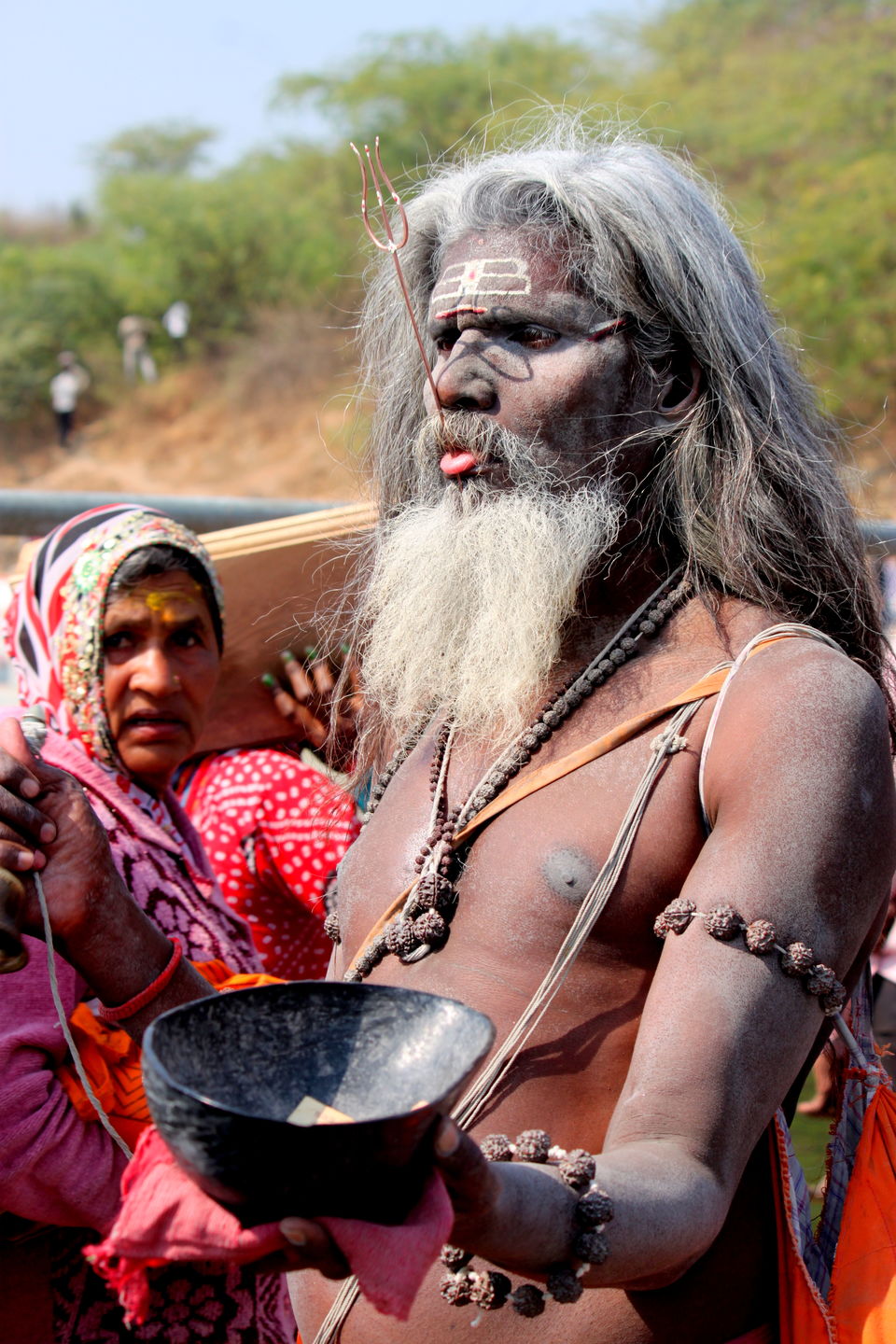
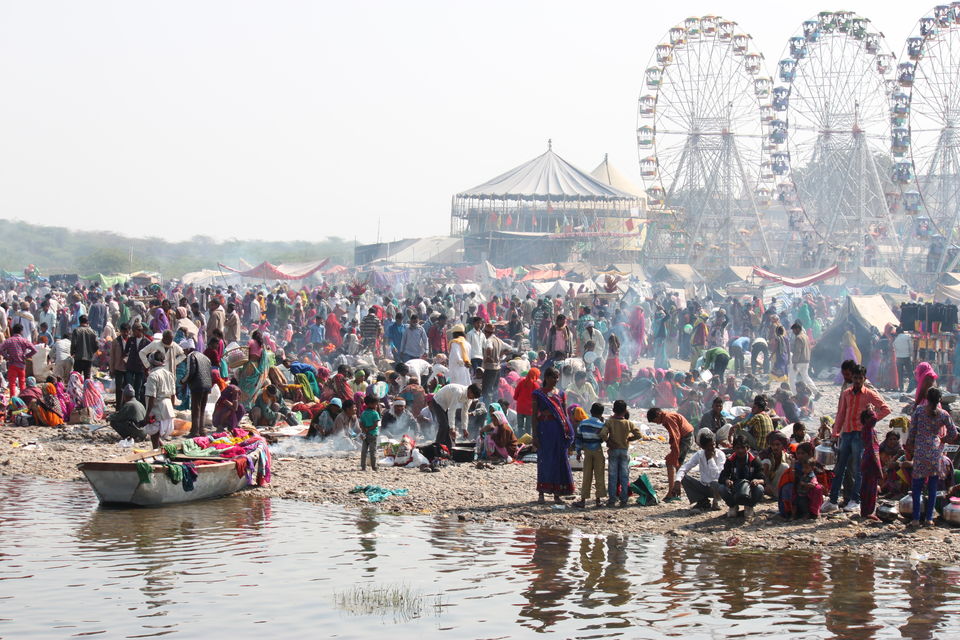
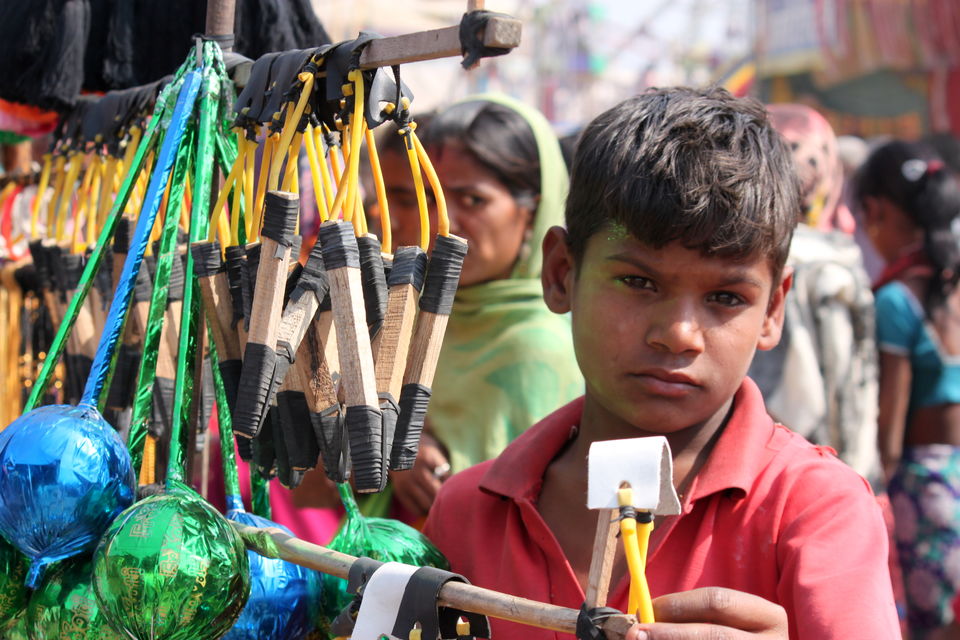
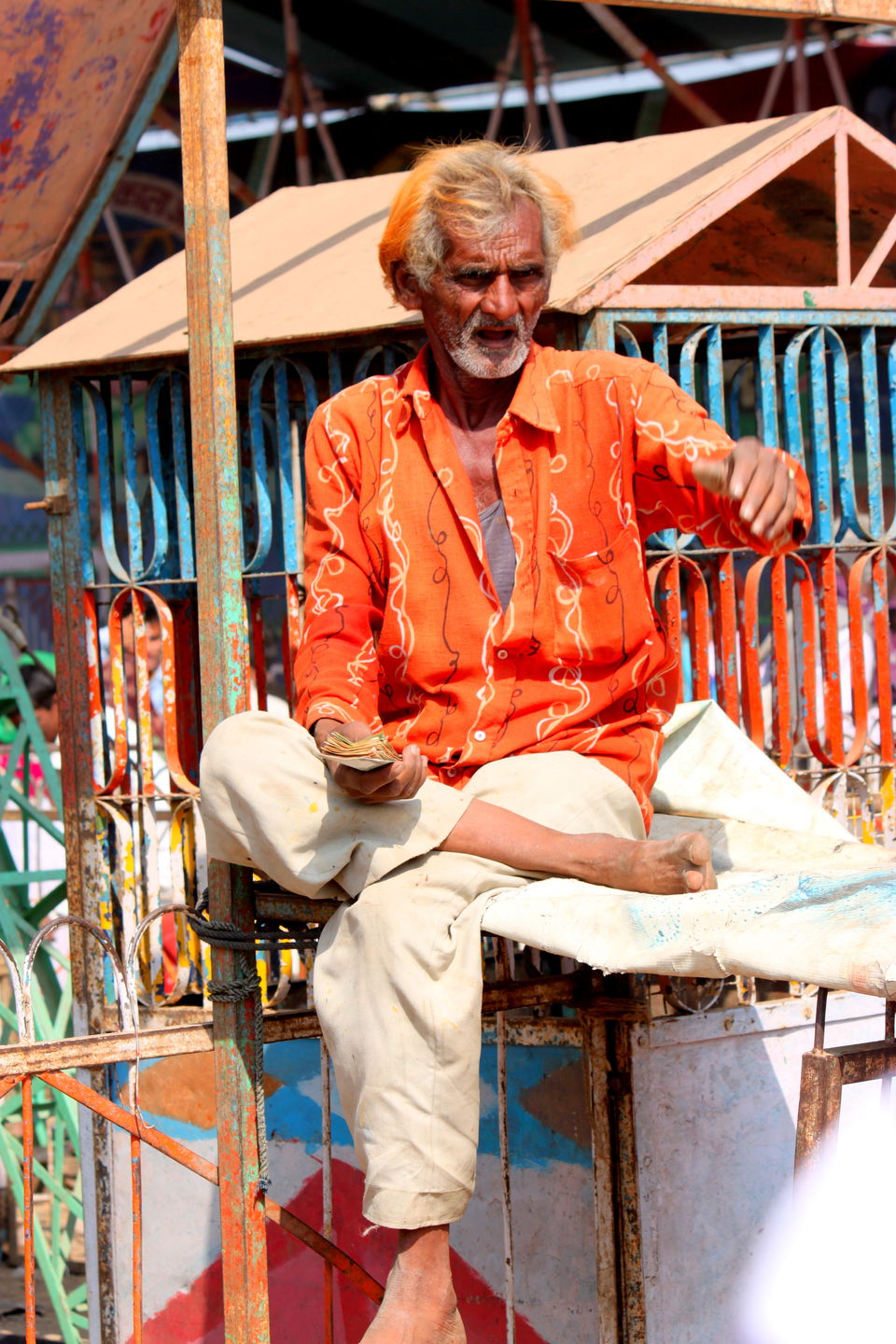
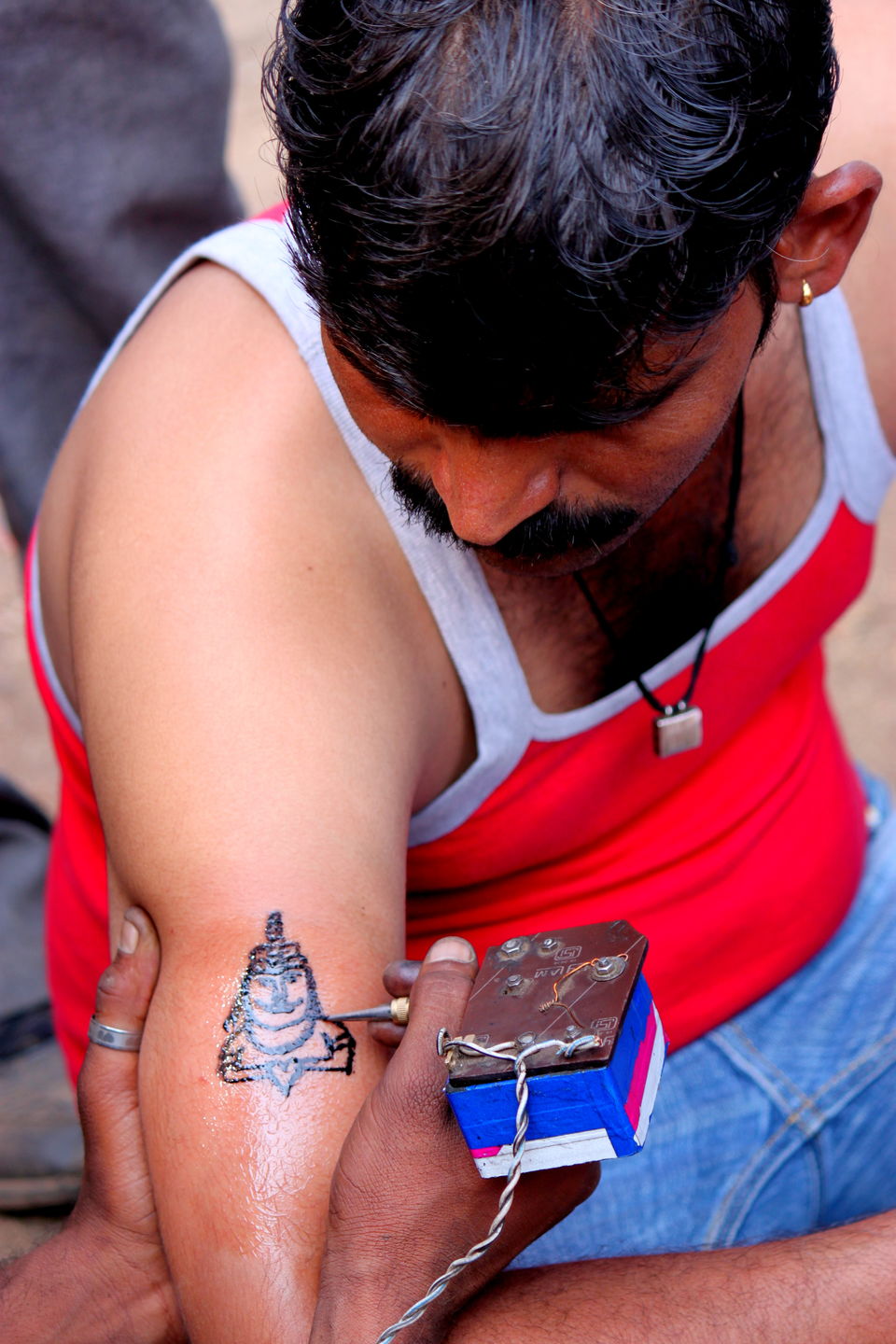
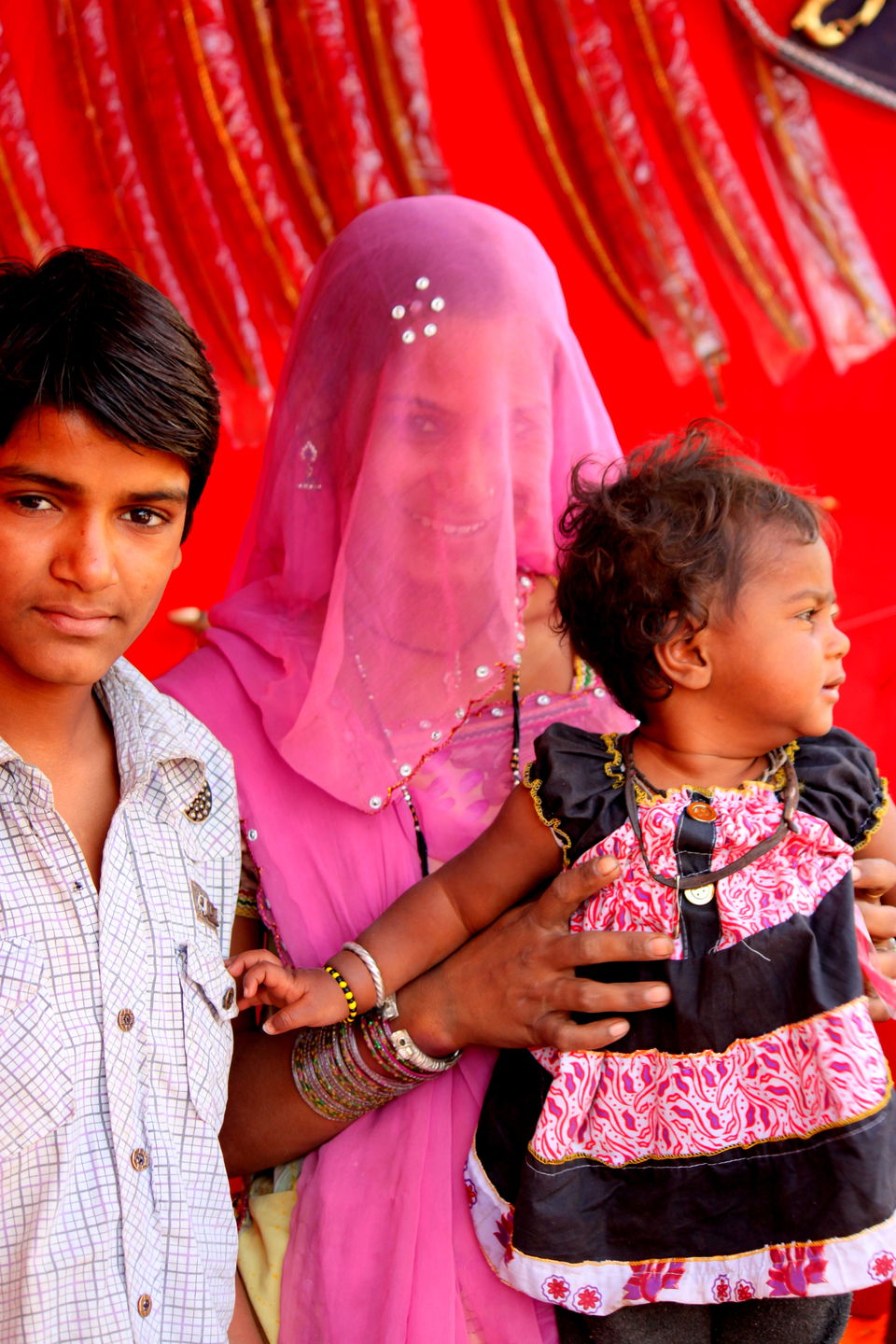
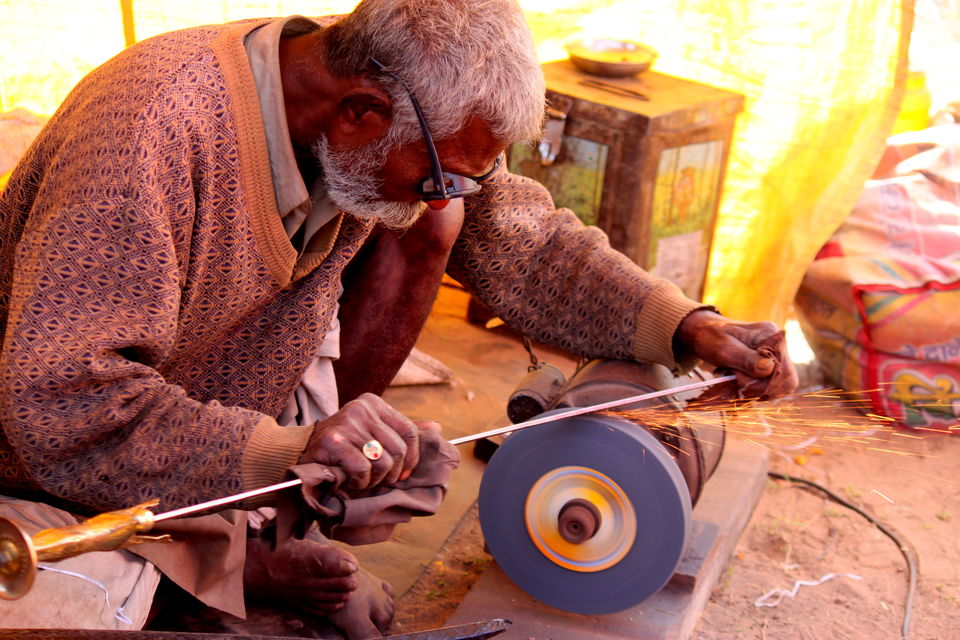
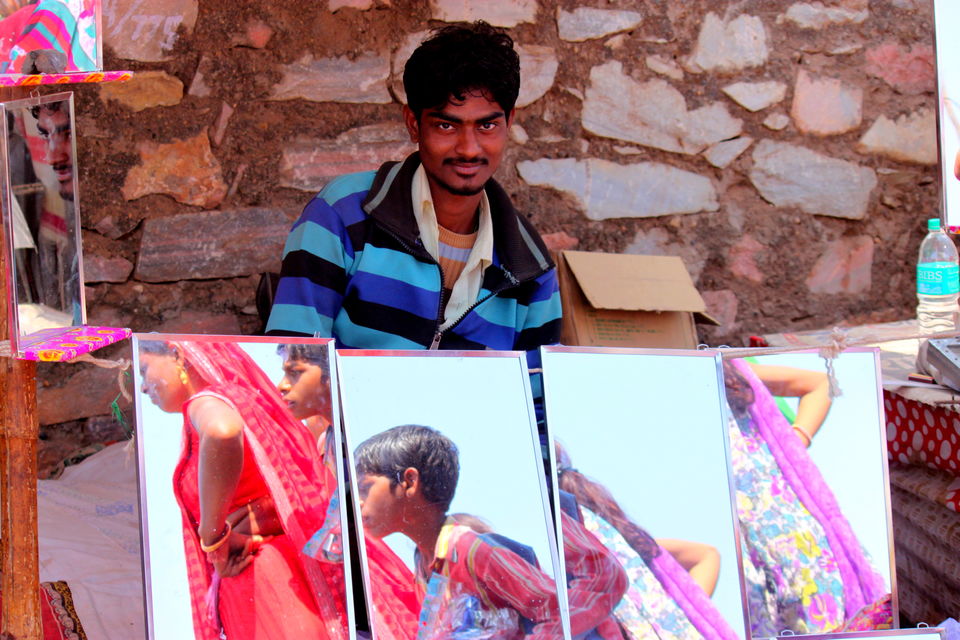
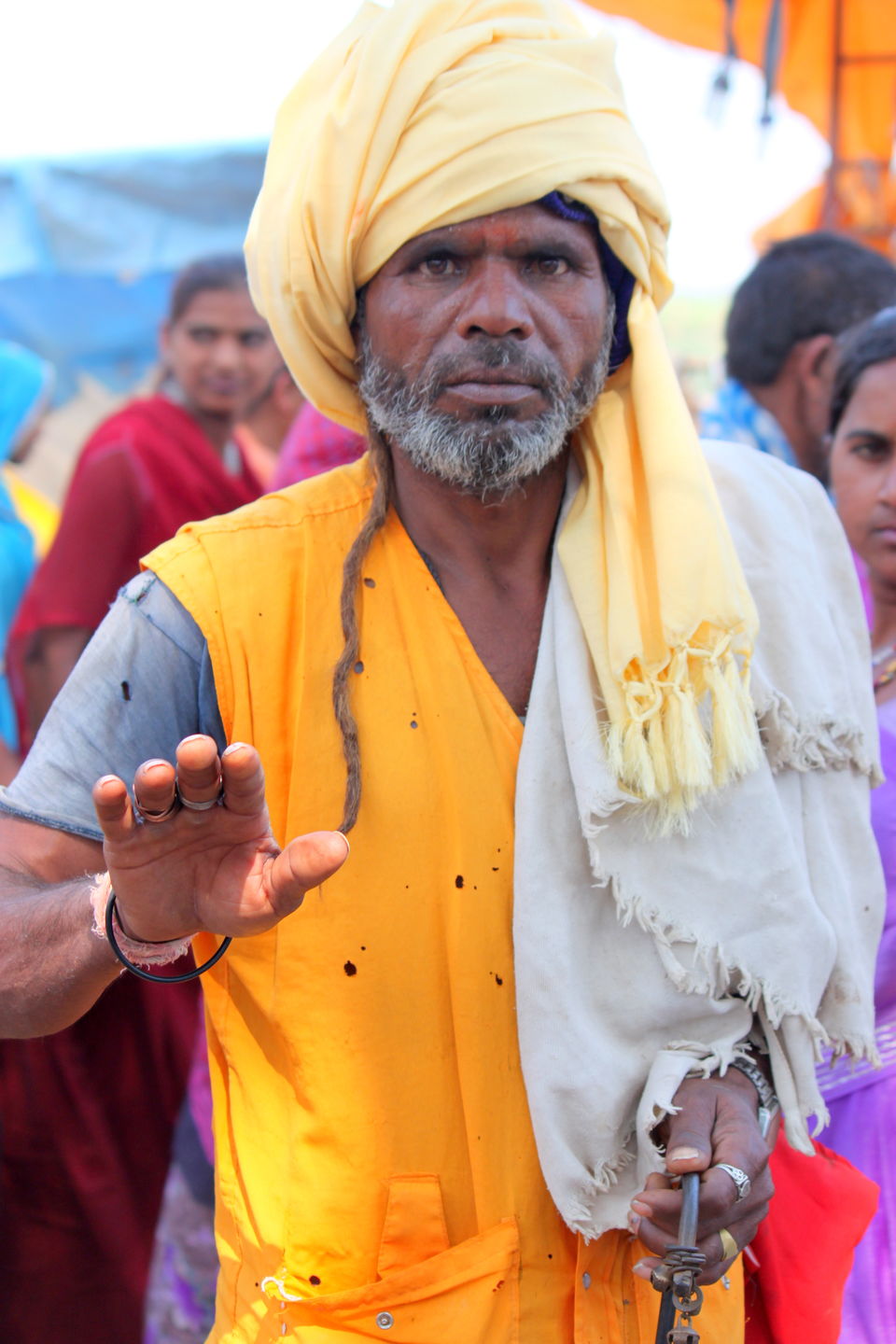
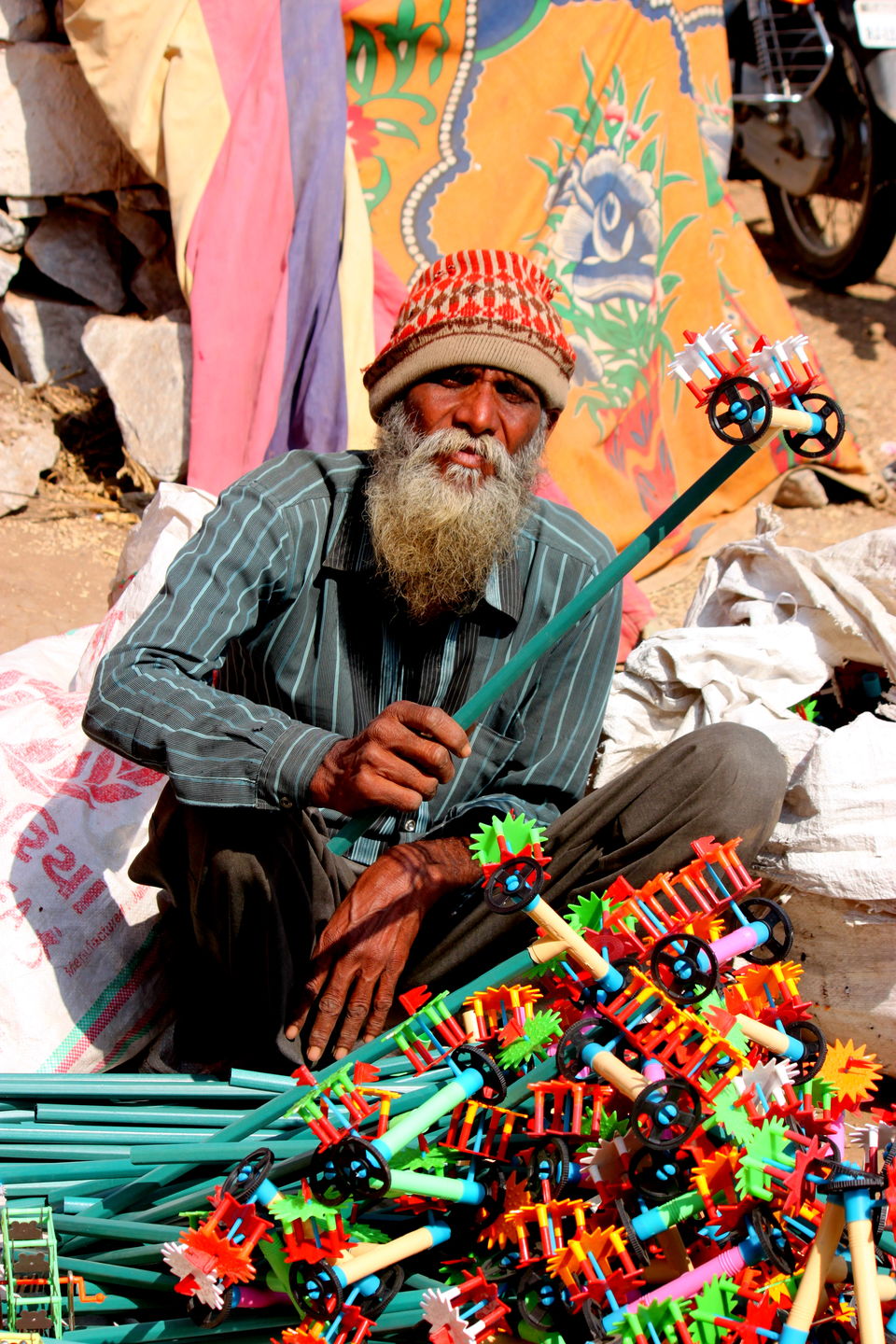
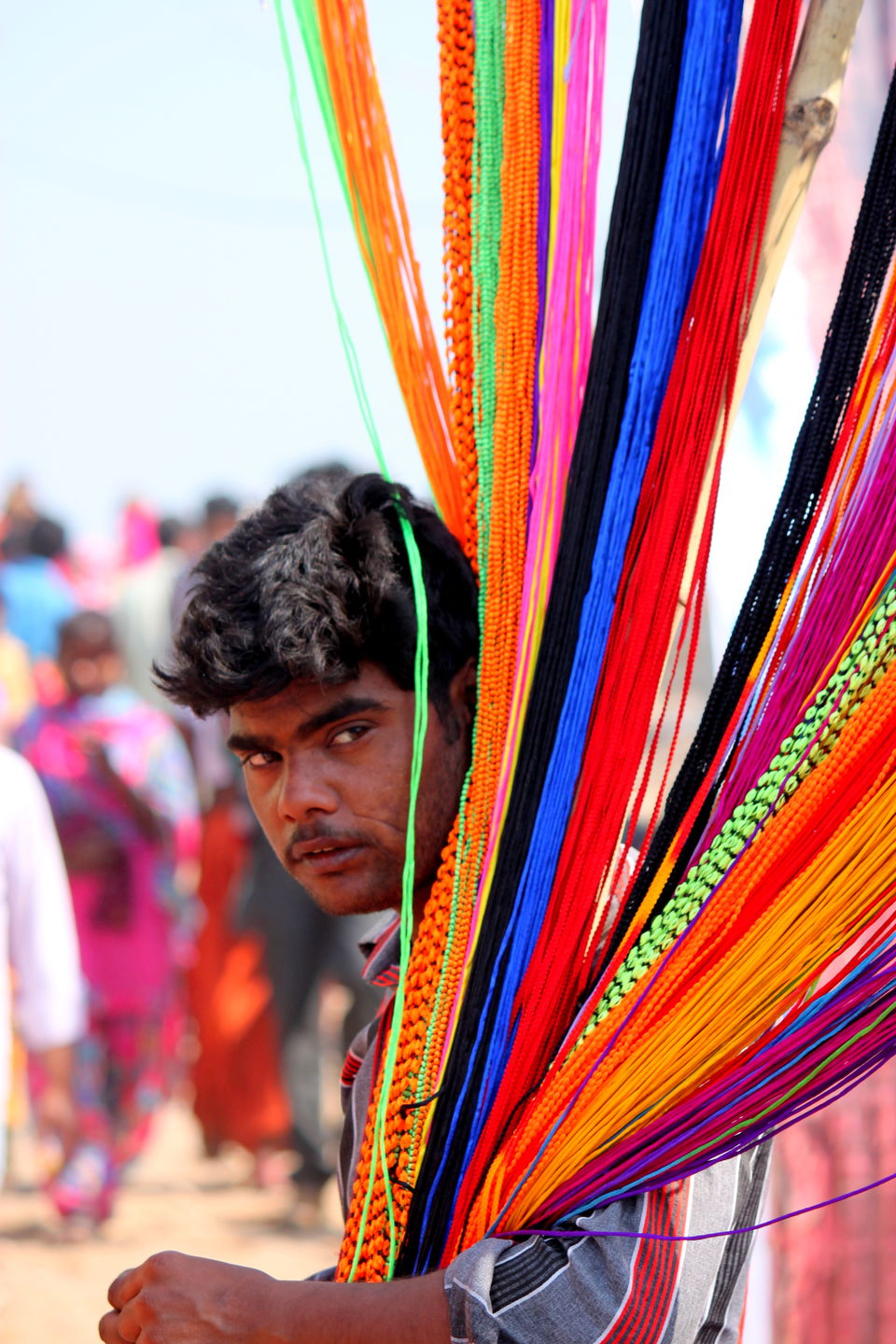
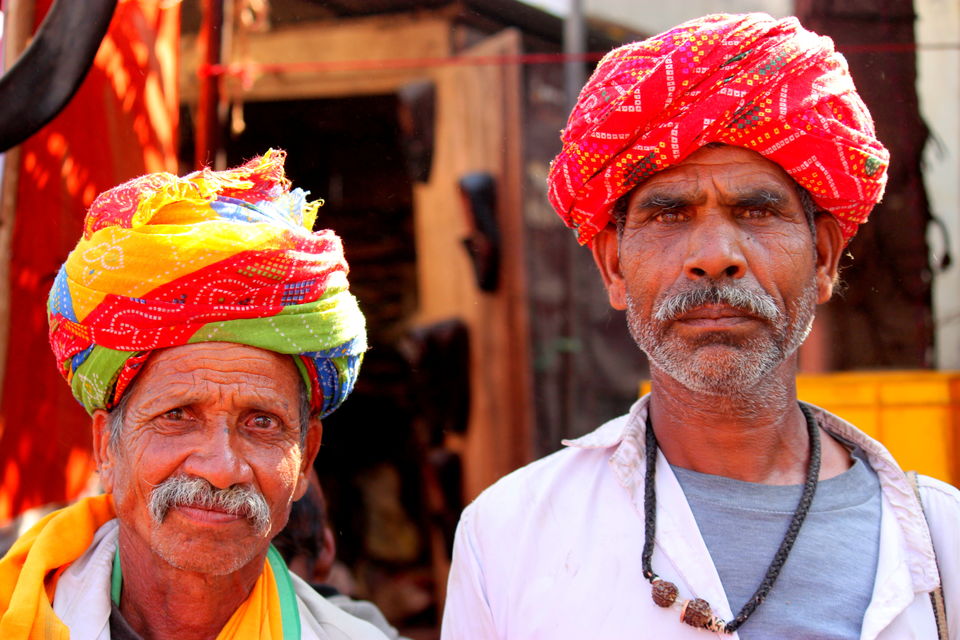
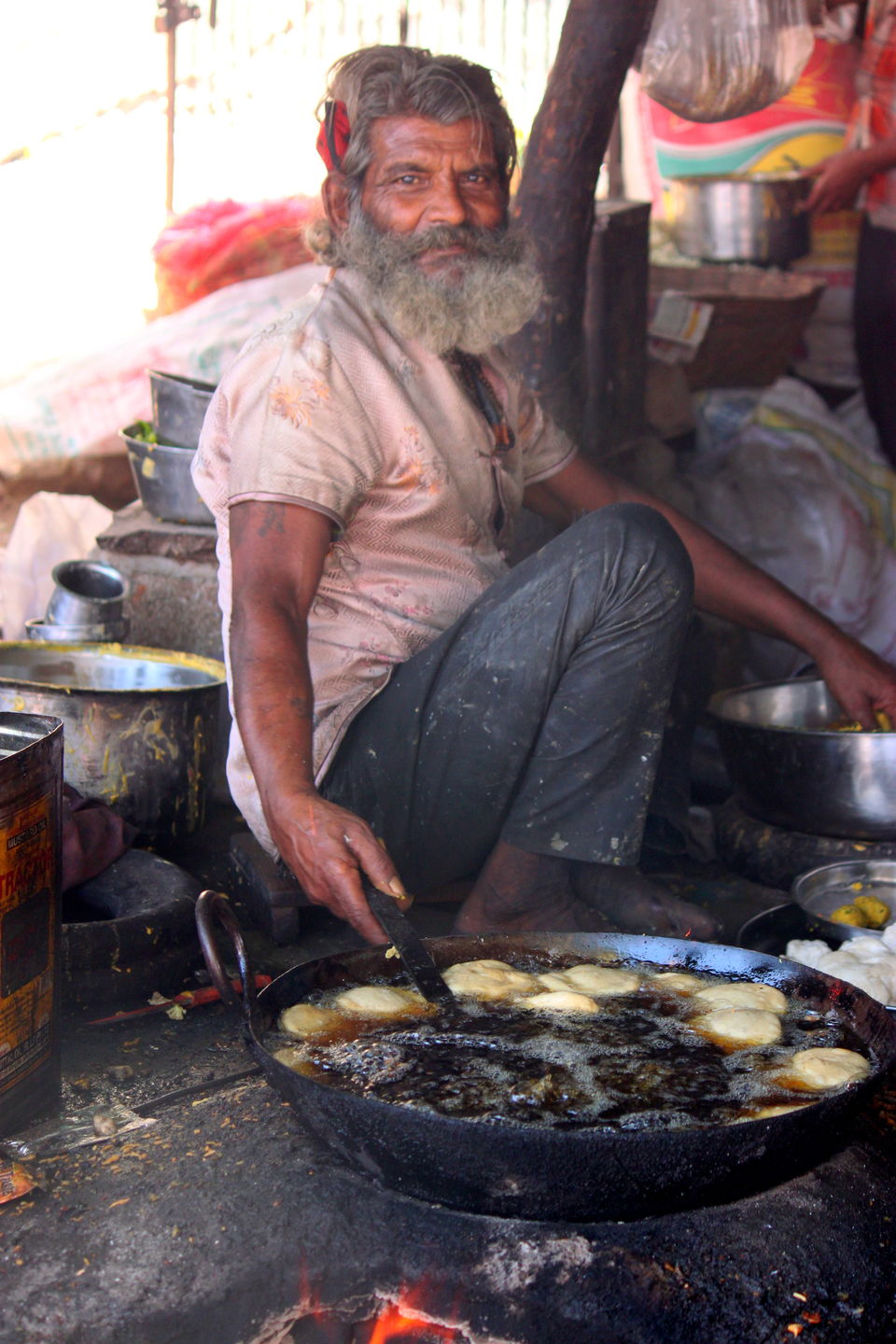
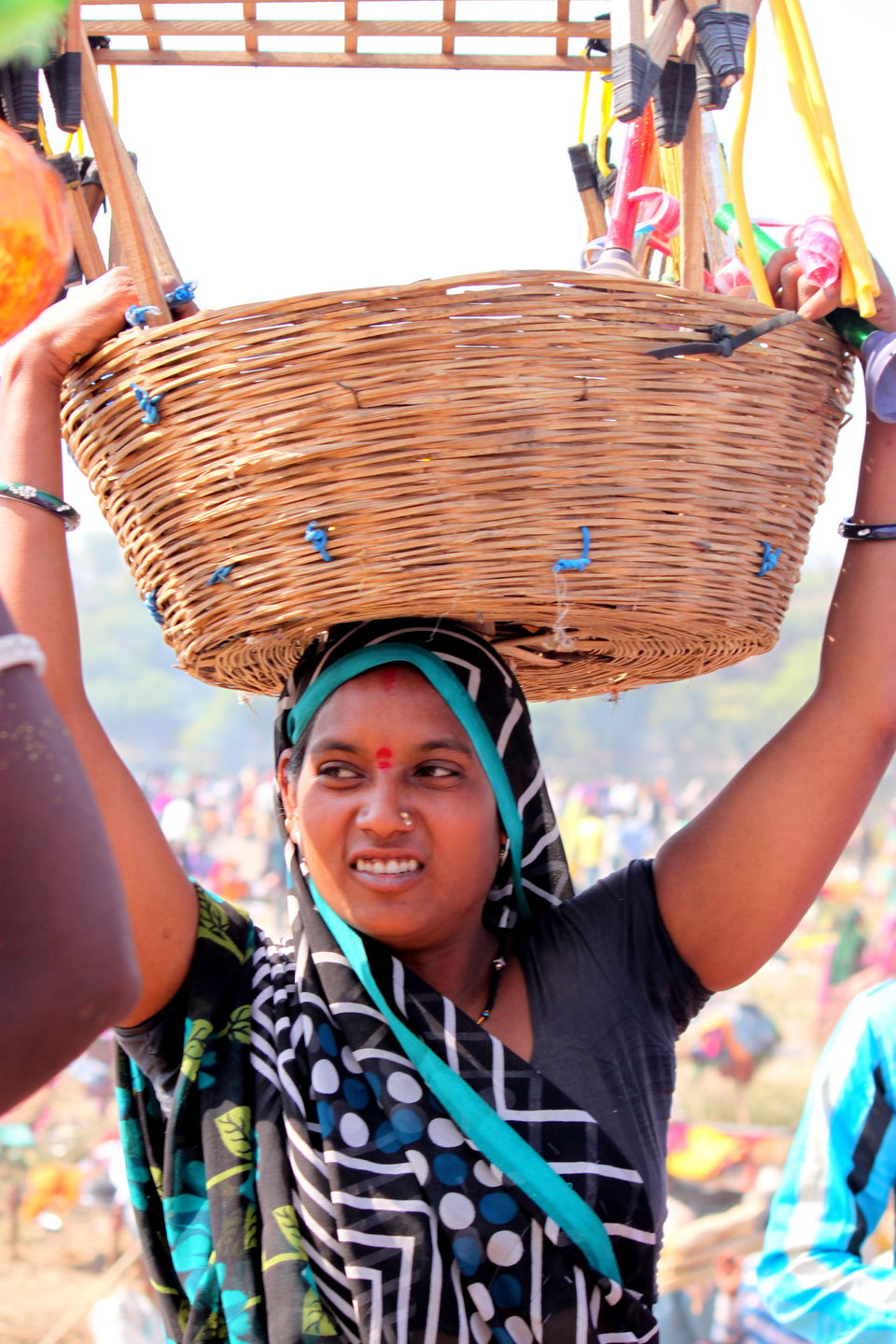
Rajasthan, the Royal State, having majestic forts and vast stretches of Desert land, attracting thousands of tourists every year, has numerous villages which are still under the cover of a dark veil, yet to savour the taste of the otherwise developing India. When I was selected for this Fellowship, one of the things that kept me on my toes was the opportunity to reside in one of the tribal villages of Dungarpur district, Rajasthan.
Udaipur, the Lake city, is one of the most popular tourist destinations, not only for Indians but also foreigners, who are dragged there by the beauty and grandeur of the city. And approximately 100kms from Udaipur, the Baneswar fair takes place every year in the Month of February, which the tourists aren’t aware of. I was lucky enough to visit the fair this year, along with the community members of the Bhil tribe.
The name ‘Baneshwar’ is derived from the revered Shivlinga, which is kept in the Mahadev Temple in Dungarpur. “Baneshwar” means the ‘Master of the Delta’ in the local Bagdi language, and this name was given to the Shivlinga. The Baneshwar fair is held at a small delta formed by the rivers Som and Mahi, from Magh Shukla Ekadashi to Magh Shukla Purnima, according to the traditional Indian calendar.
For two three days before the fair was to start, I saw immense enthusiasm amongst the natives, discussing about what clothes they’ll wear, what they’ll eat and what all they’ll buy. It gave me a sense that the fair was something like DurgaPuja for the Bongs or Christmas for the Christians. Yet, I failed to get the true essence of it, and I kept underestimating it as a normal fair held in a distant village in some corner of the country. All my conceptions were shattered that morning when I actually saw the crowd of thousands, rushing towards the rivers, to take a dip!
For someone like me, who has grown up in urban surroundings, this was something totally breath-taking. There were shops selling things for Re.1, and my companions had just Rs. 50 with them, with which they planned their entire day, including their lunch! “Ganne-Ka-ras” was everyone’s favourite it seemed, which was available for 2 rupees per glass, and samosas for 1 rupee.
Most of us are used to see our young brothers and sisters, nephews and nieces playing with video games, remote controlled cars, or Barbie dolls. But the kids here were happy with marbles, colourful threads, or at best swords, which gave them a feel of being brave! A ride on the giant wheel was a must for everyone, followed by magic shows which they enjoyed thoroughly (they are too innocent to understand the fake tricks!).
People from all the nearby villages came here, for it’s just once in the year when they all get to unite, breaking the monotony of their otherwise stern lifestyle. The sick and the destitute come with the hope to gather some luck, by worships and blessings of the “sadhu baba”, who promises solution to every problem in the world! Well, the world for them is indeed very small.
On my way back, one of my companions who’s just 11 years old, asked me, “Didi, aapko asal lagi kya?” (Didi, did you like it?) with gleaming eyes. I smiled back, and her happiness had no bounds, because she already had a bag full of stuffs, that would keep her going for another year, till the next time she visits the fair.
While thousands of tribal folks from all over Rajasthan, Gujarat, and Madhya Pradesh come to this Adivasi Maha-kumbh, the Indians in general aren’t aware of it, possibly because everyone is eager to travel to the well-known destinations. Or may be, too ignorant to know about the “Not-so-fast-moving” people of the country!!

